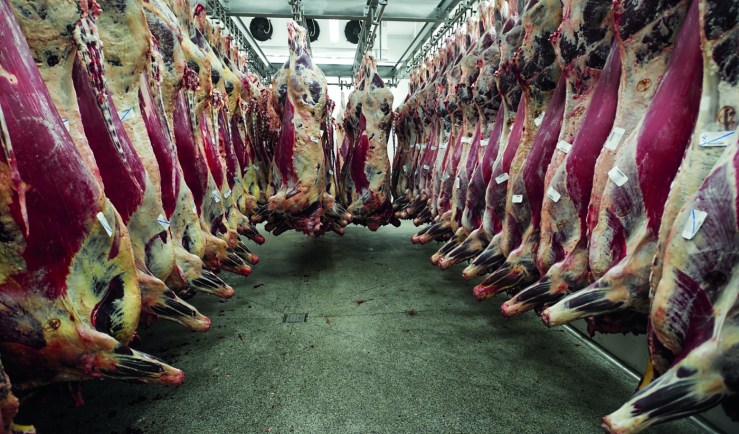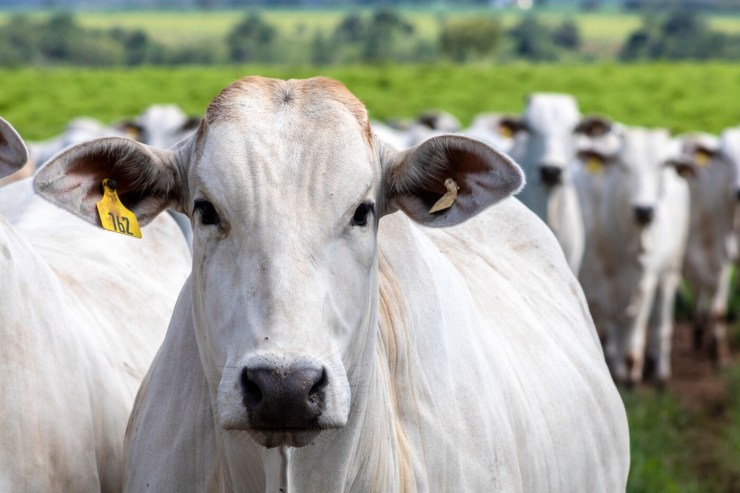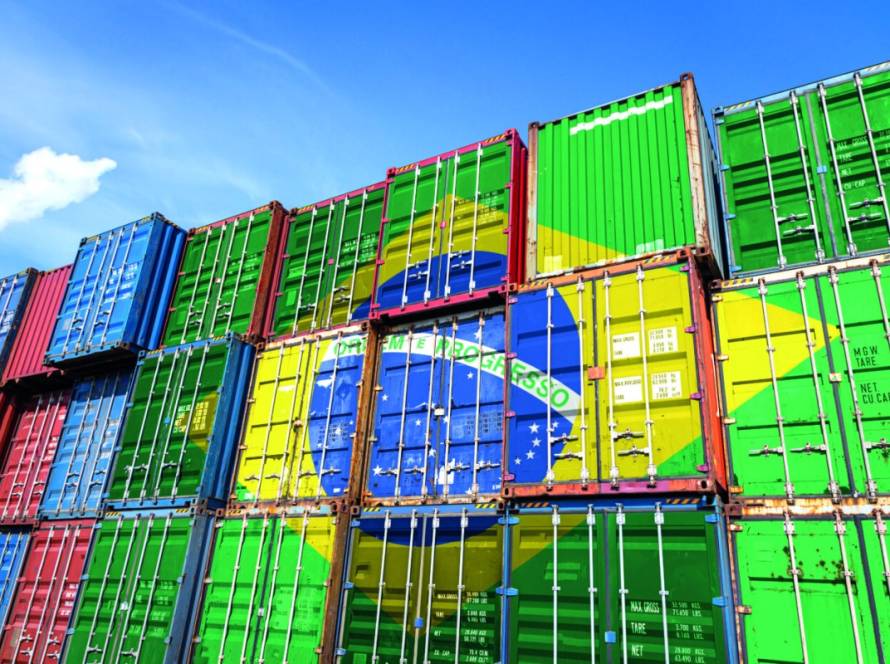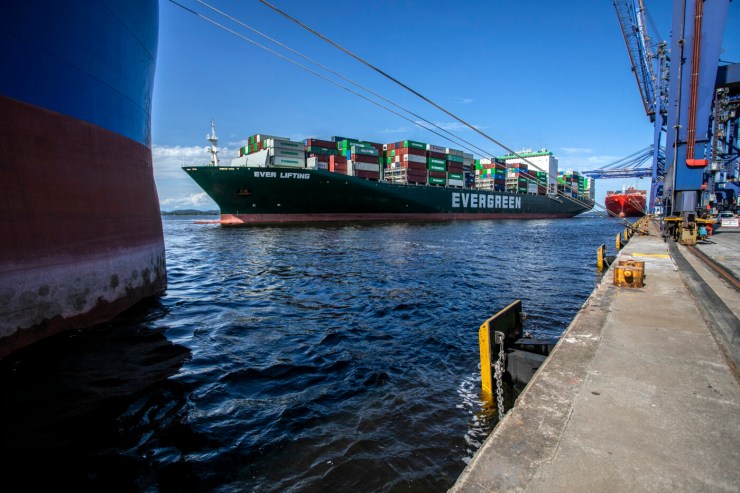Brazilian fish farming exports were directly impacted by the imposition of a 50% tariff by the United States, which came into effect in August of this year. The United States accounted for approximately 90% of the sector's foreign sales, equivalent to US$$ 32 million in the first half of the year. The measure disrupted the flow of Brazilian products to this market, affecting the entire production chain.

President of Peixe BR, Francisco Medeiros: “Canada is an option, but demand is equivalent to only 10% of what we exported to the US” – Photo: Gabriel Muniz/Peixe PR
According to Francisco Medeiros, president of the Brazilian Fish Farming Association (Peixe BR), the impact falls primarily on companies that had invested specifically in the North American market, whether in certifications, processing units, or specialized teams. "For these companies, the loss of exports represents not only a drop in revenue, but also a mismatch between costs already incurred and the inability to sell abroad," he emphasizes.
To address this situation, many companies are redirecting part of their production to the domestic market, adjusting slaughter volumes and workforce. However, this reallocation faces limitations: fresh tilapia fillets, for example, have few alternative markets capable of absorbing the volumes previously shipped to the United States. "Canada is an option, but demand is equivalent to only 10% of what we exported to the US. It's a very limited market for premium products like ours," says Medeiros.
In the domestic market, consumption remains stable, but excess supply due to the suspension of exports is already putting pressure on prices paid to producers. Furthermore, the influx of low-quality imported tilapia increases competition and poses a risk to the competitiveness of domestic production.
Regarding the import of fish from abroad, Medeiros mentions that the main problem in Brazil today is

Photo: Diego Vargas
authorization to import tilapia from Vietnam made by the Brazilian government, because the product is of low quality and has processing protocols that are prohibited in the country.
According to Medeiros, the most profound impacts will only be felt in the next production cycle, as the fish currently being farmed were planned with the expectation of export to the United States in mind. "The sector needs to diversify its markets to reduce future risks," he points out.





